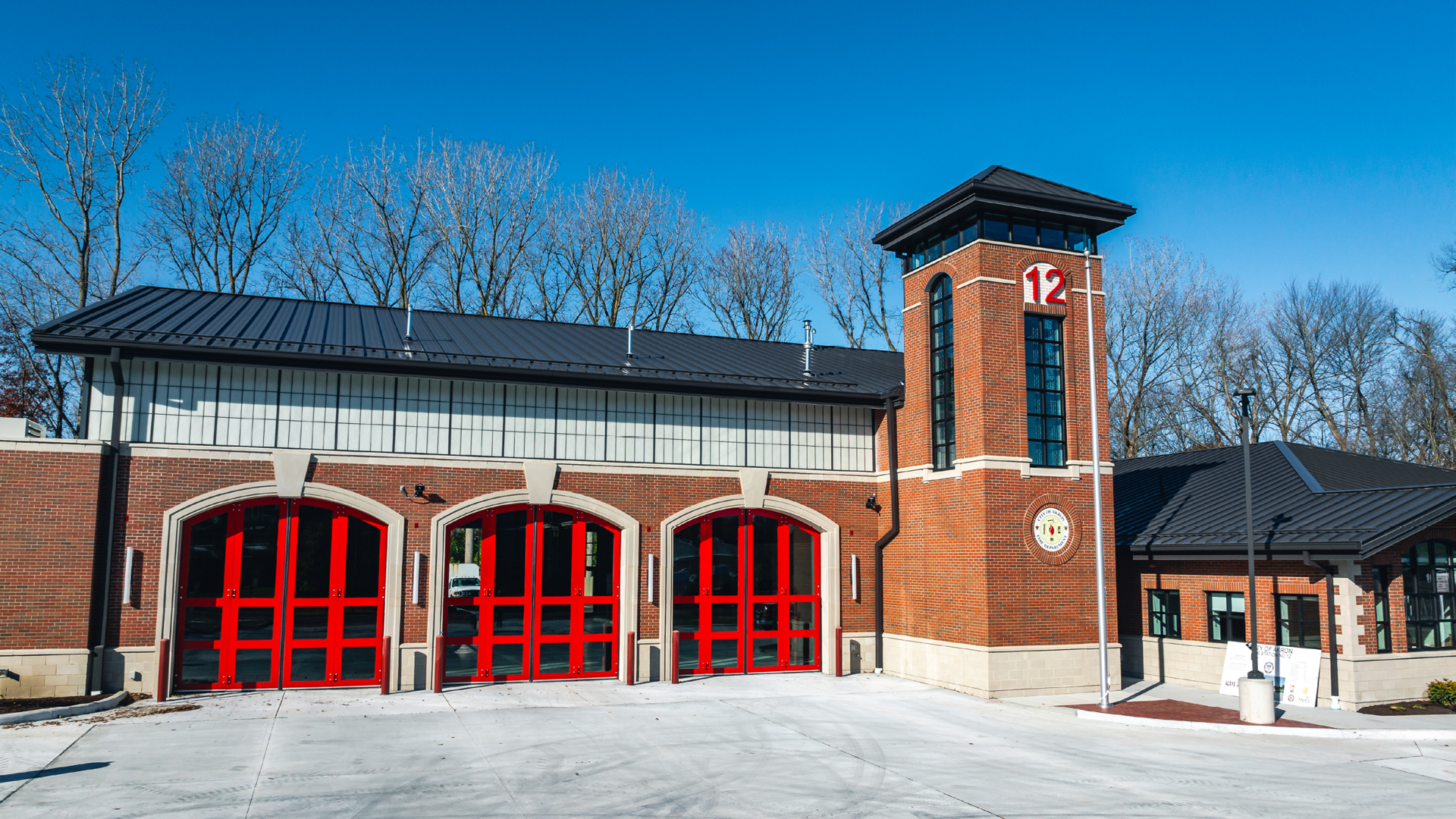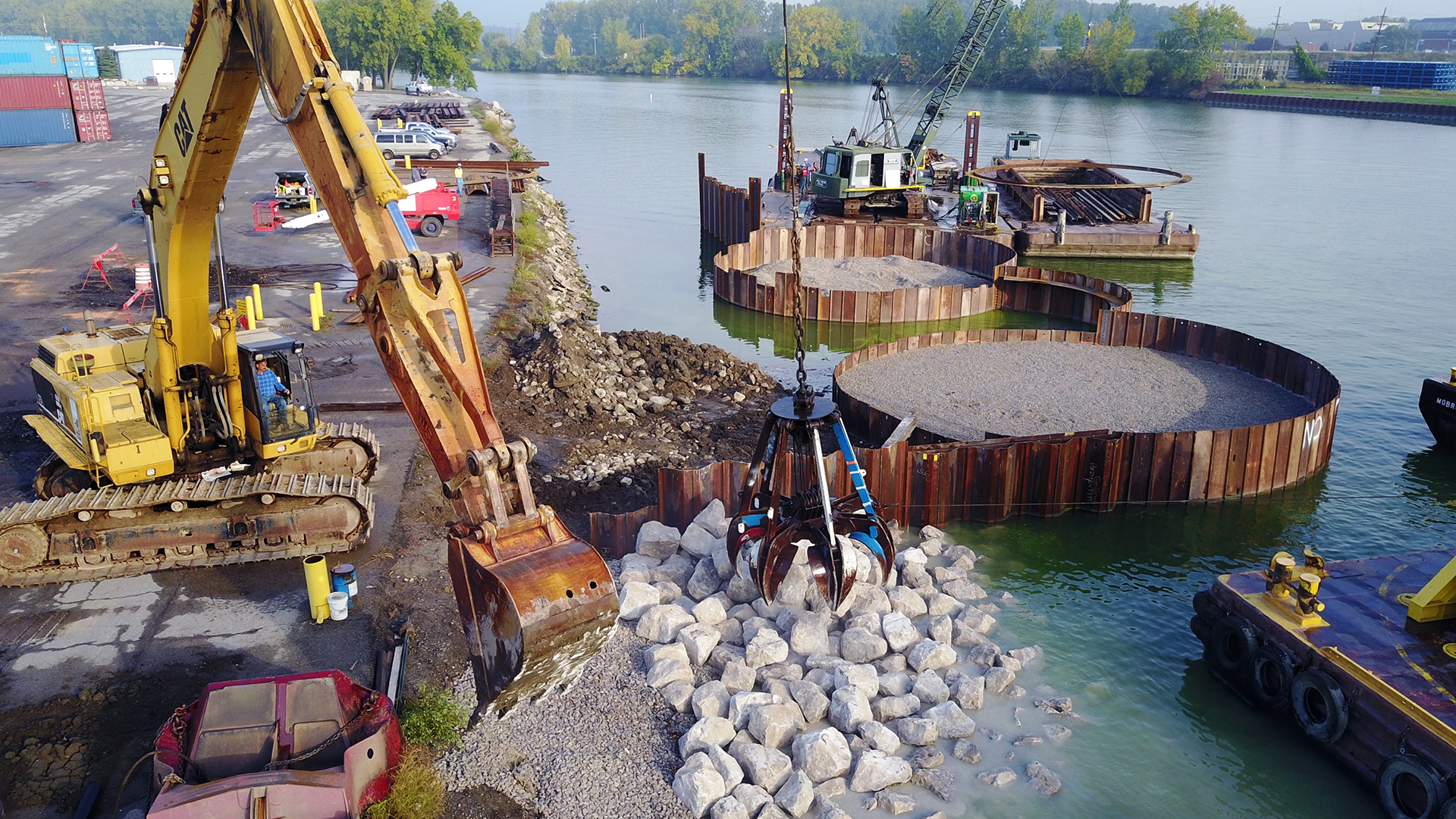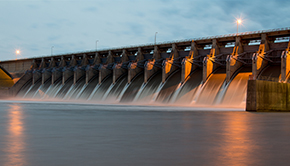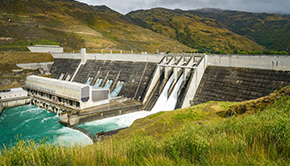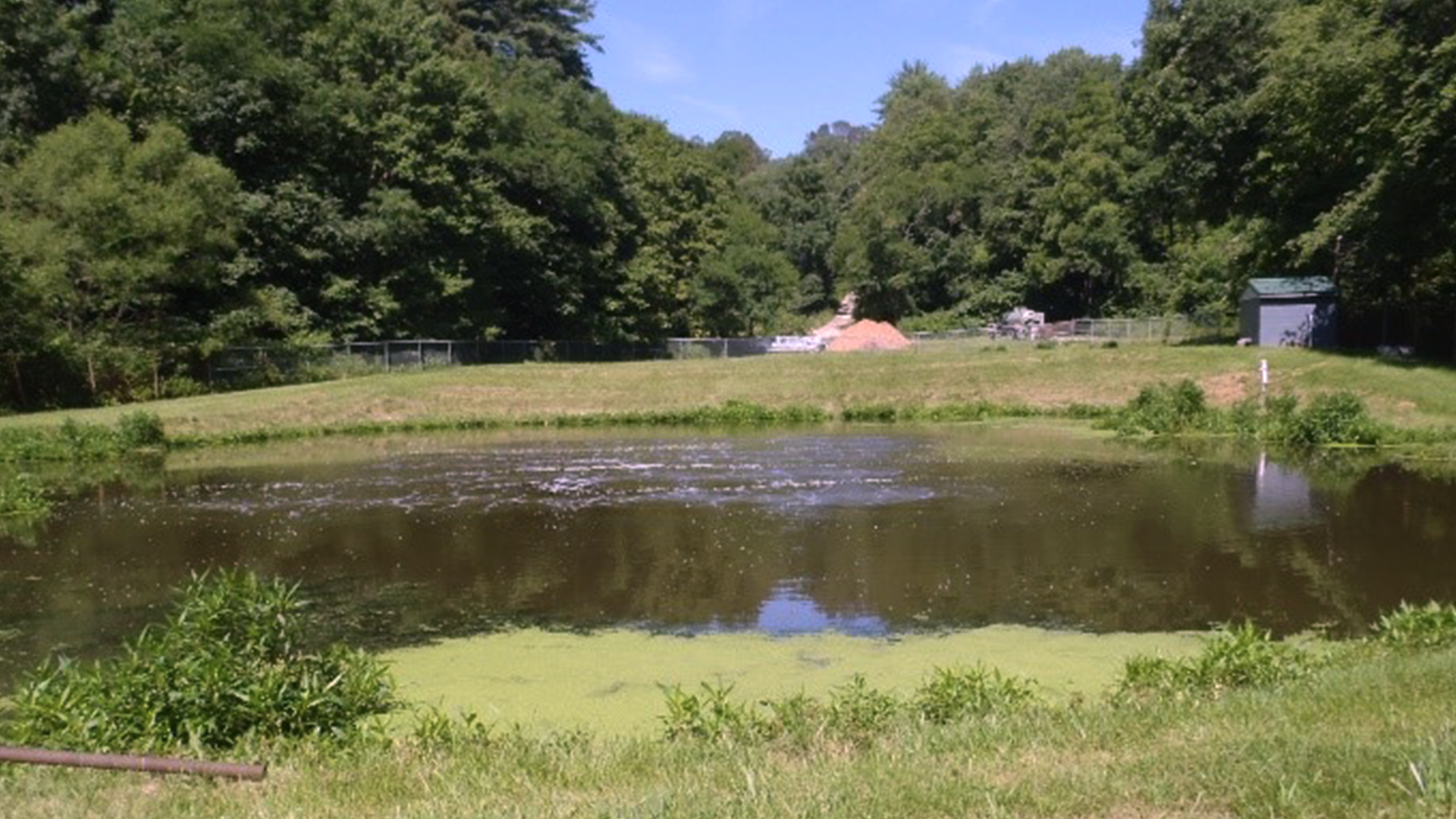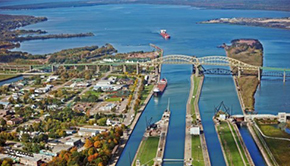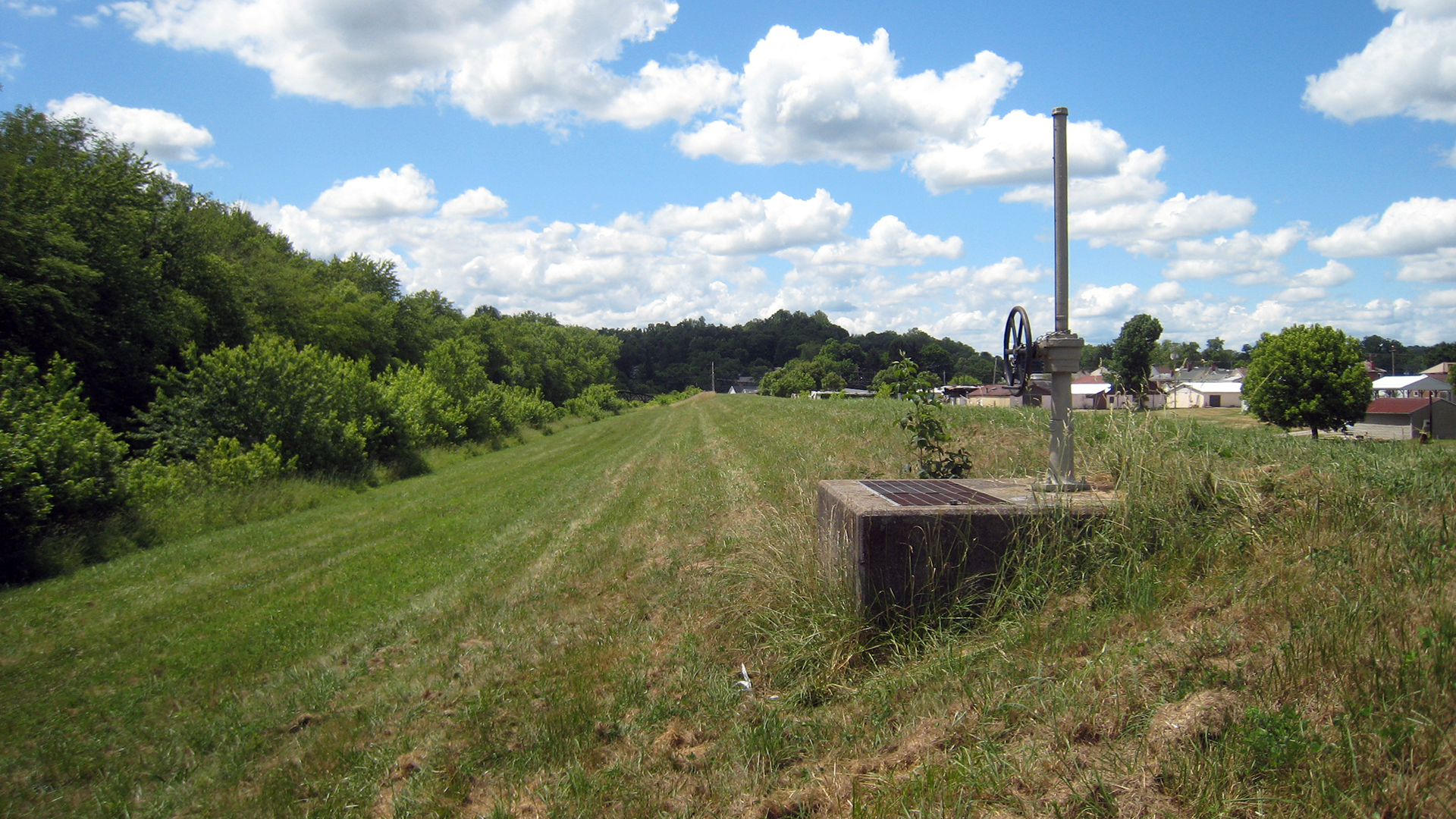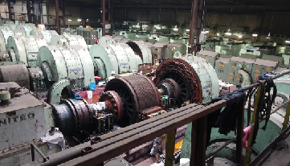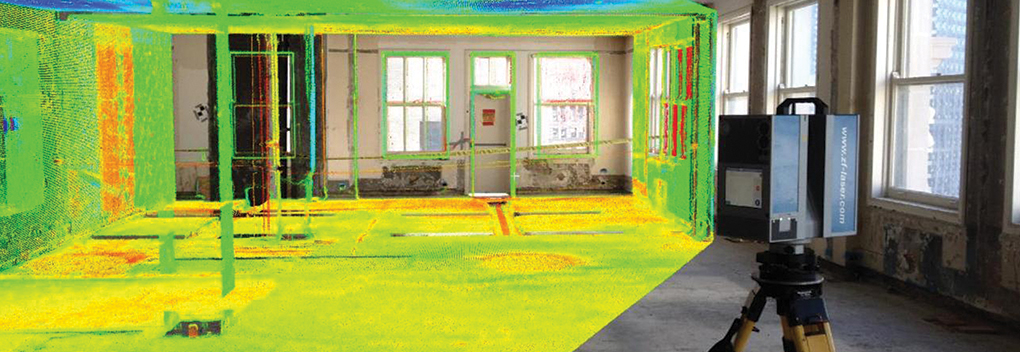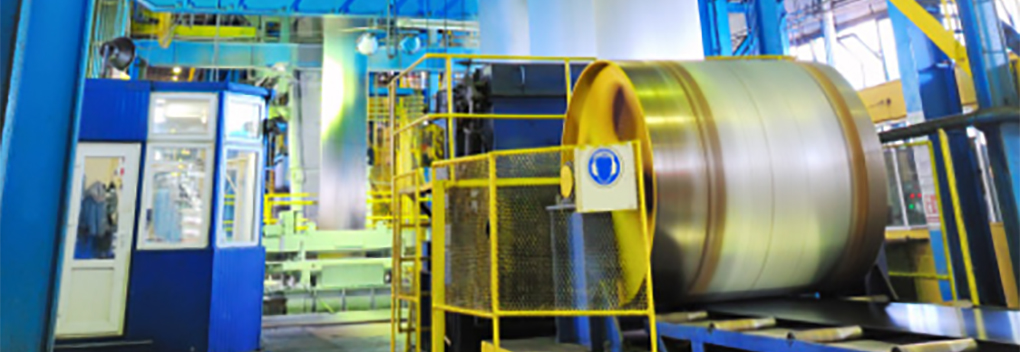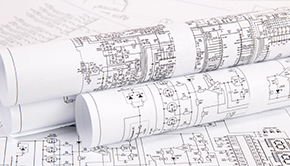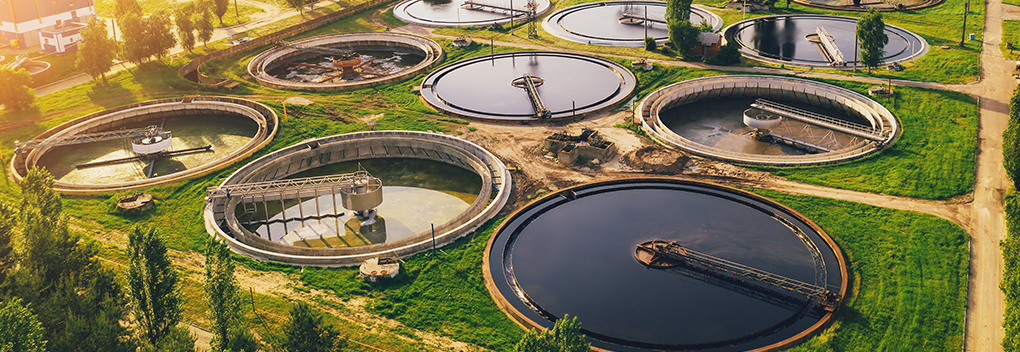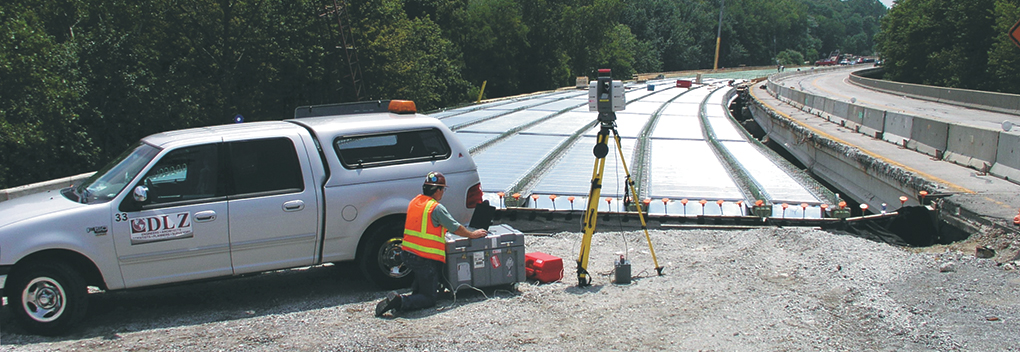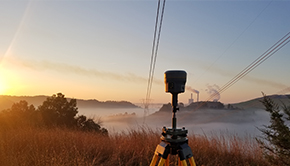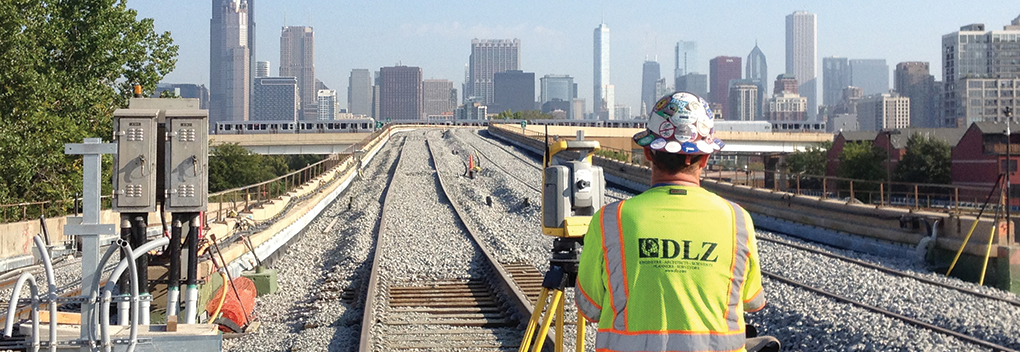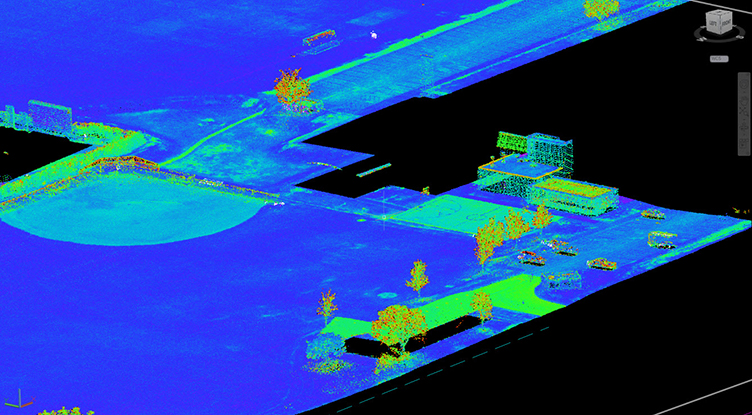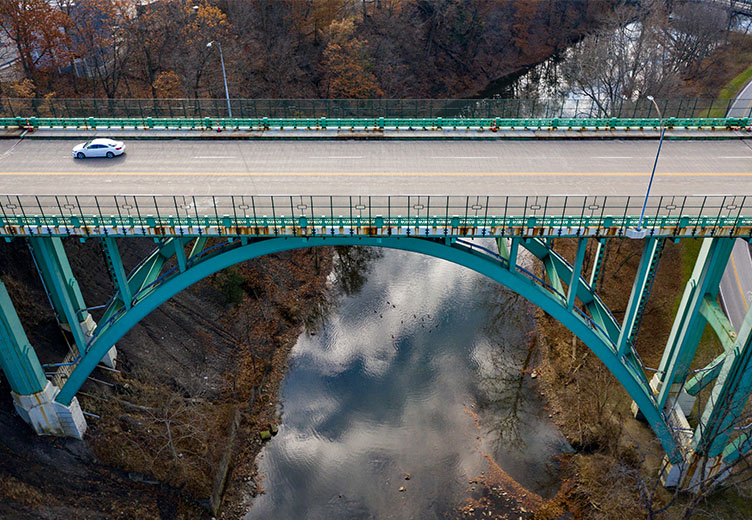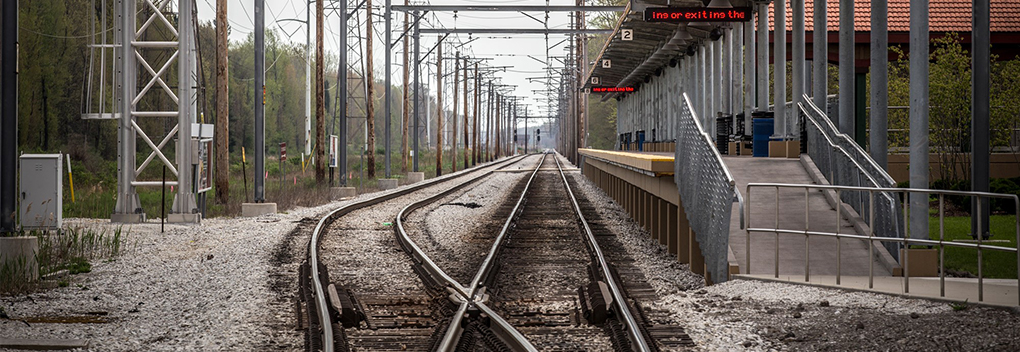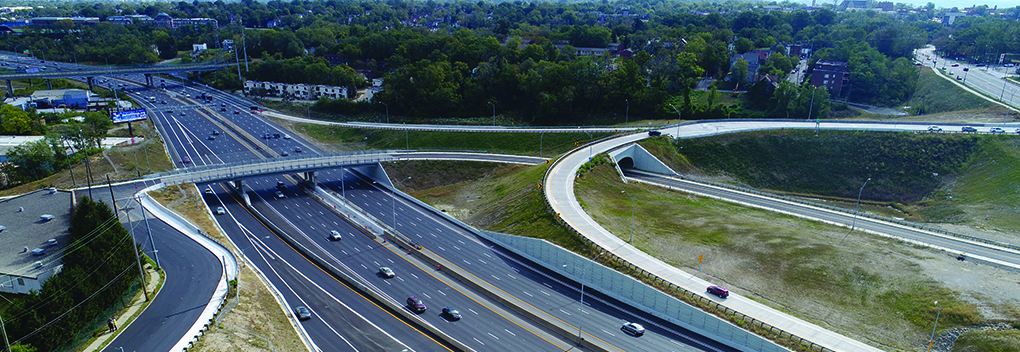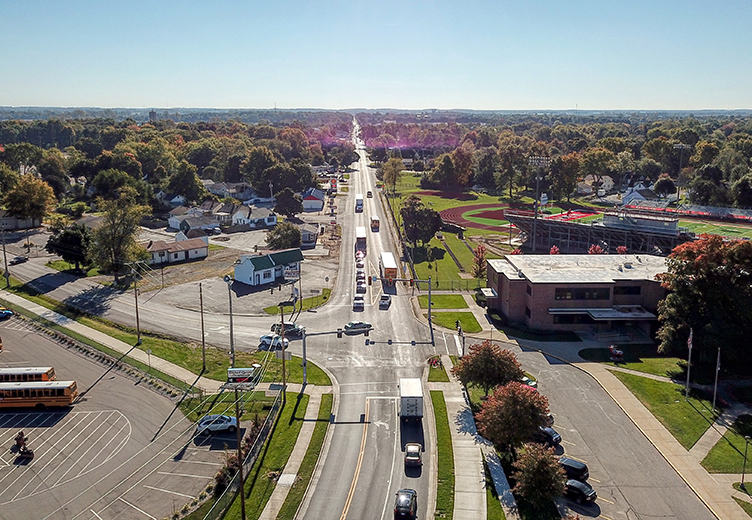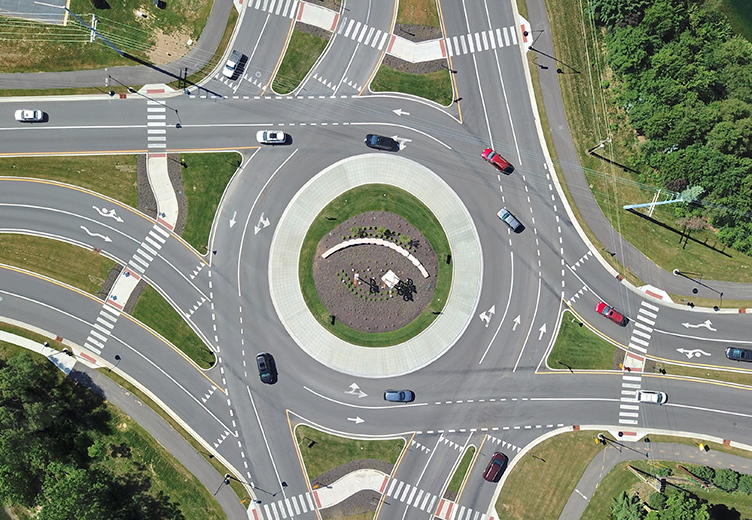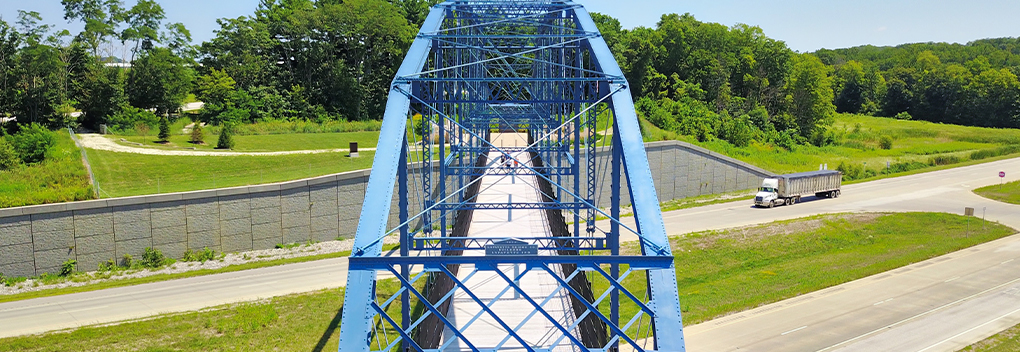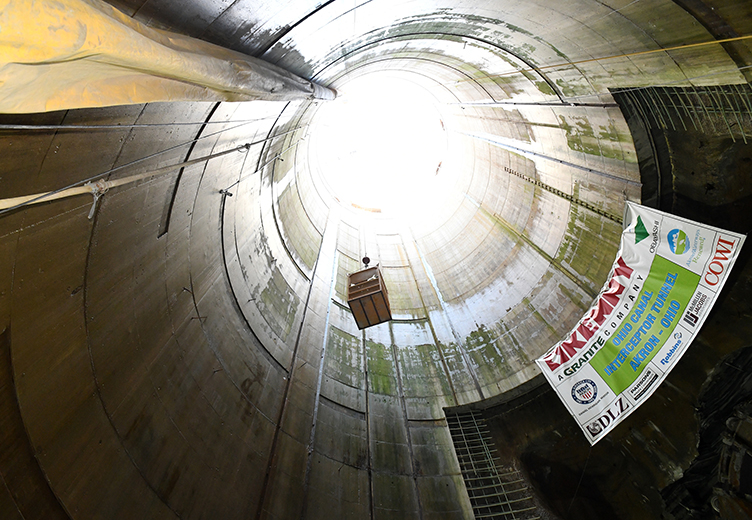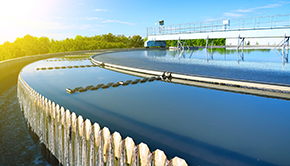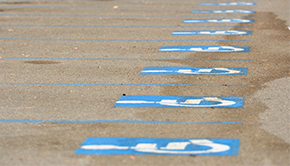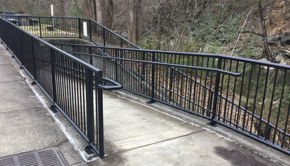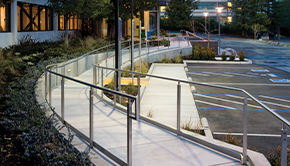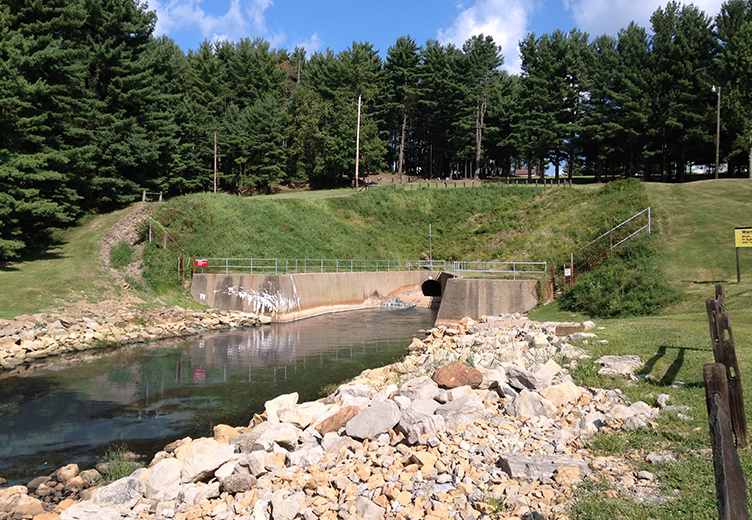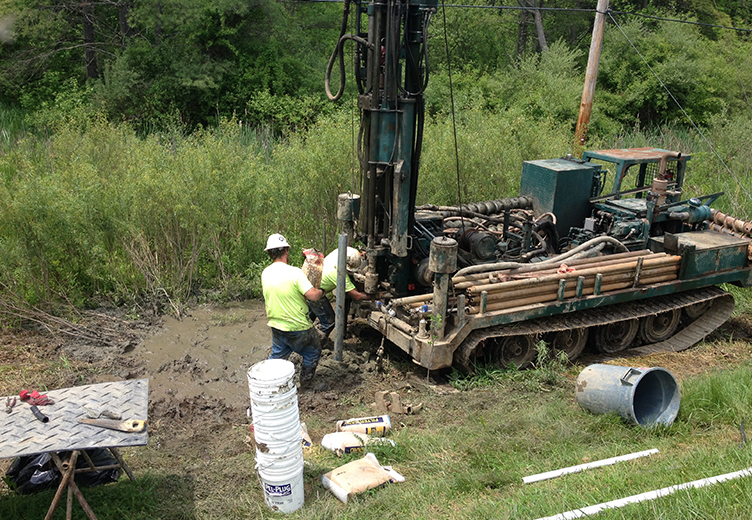Tappan Dam IRRM Automated Data Acquisition System
DLZ worked under an Indefinite Delivery Indefinite Quantity Contract with the U.S. Army Corps of Engineers Huntington District for engineering, design, and related services.
Tappan Dam
Tappan Lake Dam was the first of 14 dams built to control flooding within the Muskingum River watershed, authorized by the Flood Control Act of 1938. Work on the dam began in 1935 and finished in 1938. The dam is rolled earth with an impervious core, having a maximum height of 52 feet. The crest length of the dam is 1,550 feet and topped by Elick Road. The outlet works are in the east abutment and consist of an approach channel, intake structure, horseshoe-shaped tunnel and conduit, stilling basin, and an outlet channel. The dam has a series of relief wells located at the base toe of the structure to relieve hydrostatic pressure.
Drilling, Sampling, Instrumentation Installation, and Inspection
DLZ provided drilling and sampling of six boreholes to a maximum depth of 43.5 feet. Each of the six borings had a porous filter, open standpipe piezometers installed. In addition, four of the boreholes had two Geokon models 4500S vibrating wire piezometers installed. Two piezometers installed at different elevations monitored pressure. DLZ installed the lower piezometer inside the open standpipe (just above the porous filter tip). Simultaneously, the second was secured to the outside of the piezometer casing (inside a bed of sand). Bentonite seals separated the two sensing zones from one another and the surface.
Once installed, DLZ constructed the eight piezometers via buried cables to two Geokon Model 8002-4 automated data loggers. The data loggers were inside separate NEMA 4X enclosures. An installed data-logging barometer provided correlated barometric pressure values for post-processing corrections.
DLZ programmed the data loggers and provided a data reduction spreadsheet to import the sensor data and correct the data for barometric pressure. After the installation and testing of the equipment, DLZ provided onsite commissioning and training of Corps personnel.
DLZ also performed time lag testing on two open standpipe piezometers to test their function. A specialty sub-contractor conducted visual and video inspections of the toe drain system. The inspections were useful to document leaks, corrosion, deposits, or other drain system problems.





